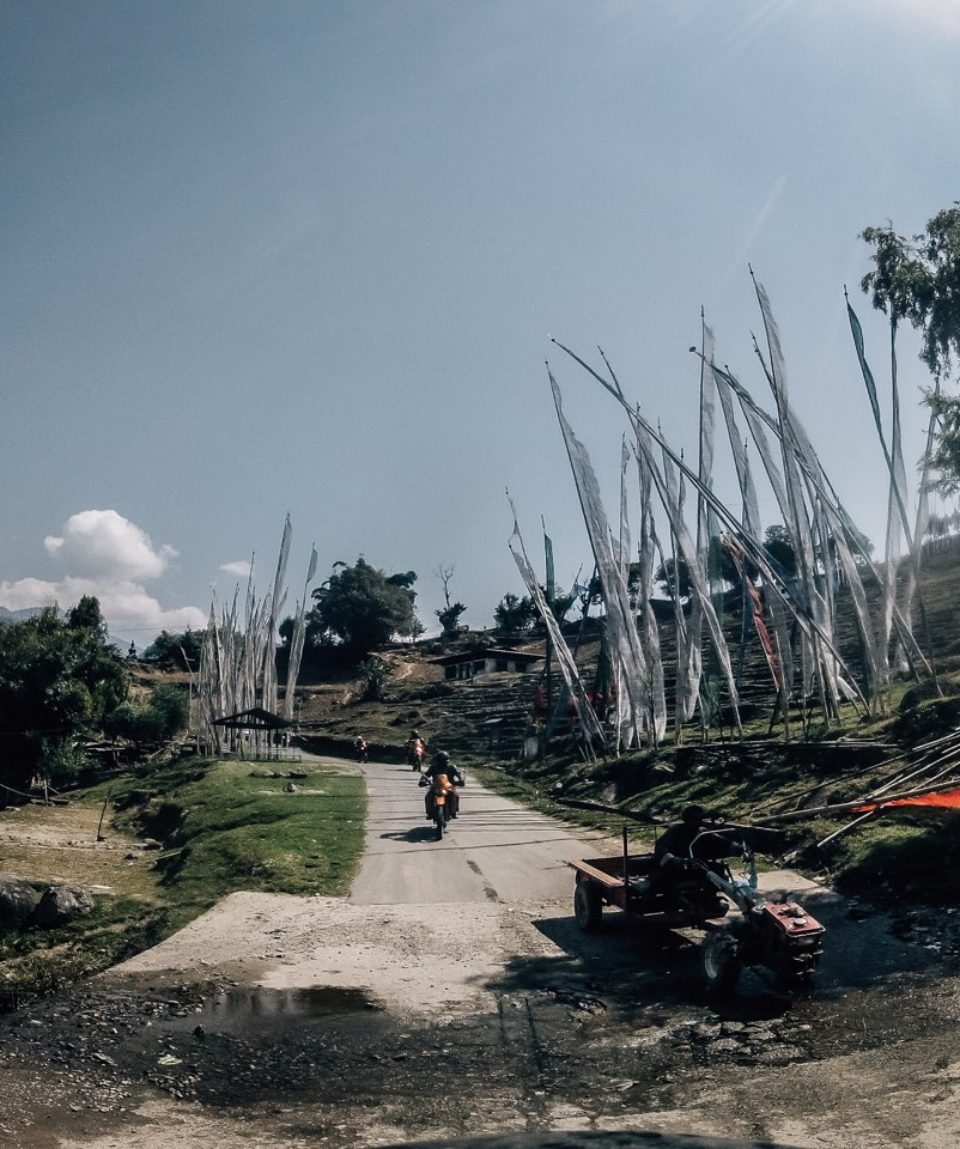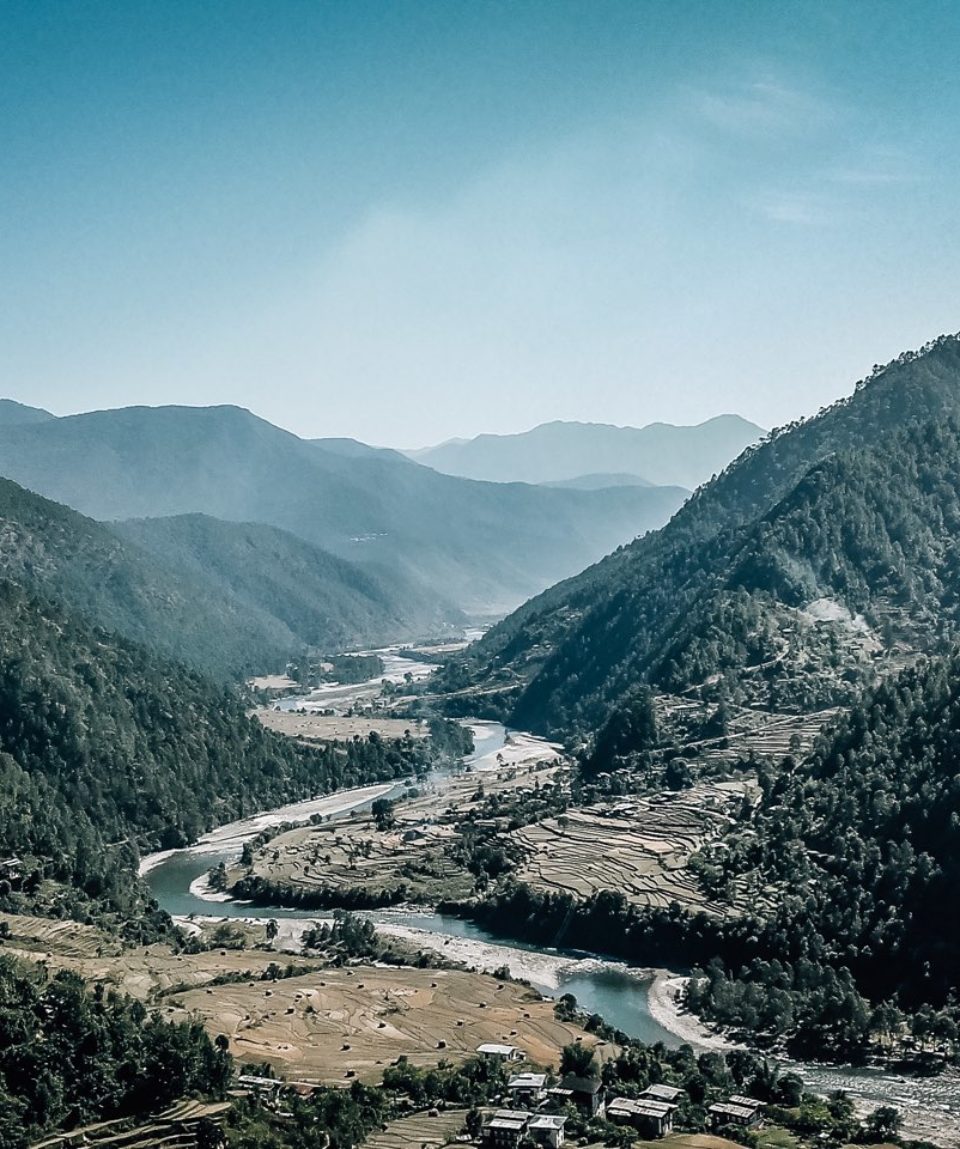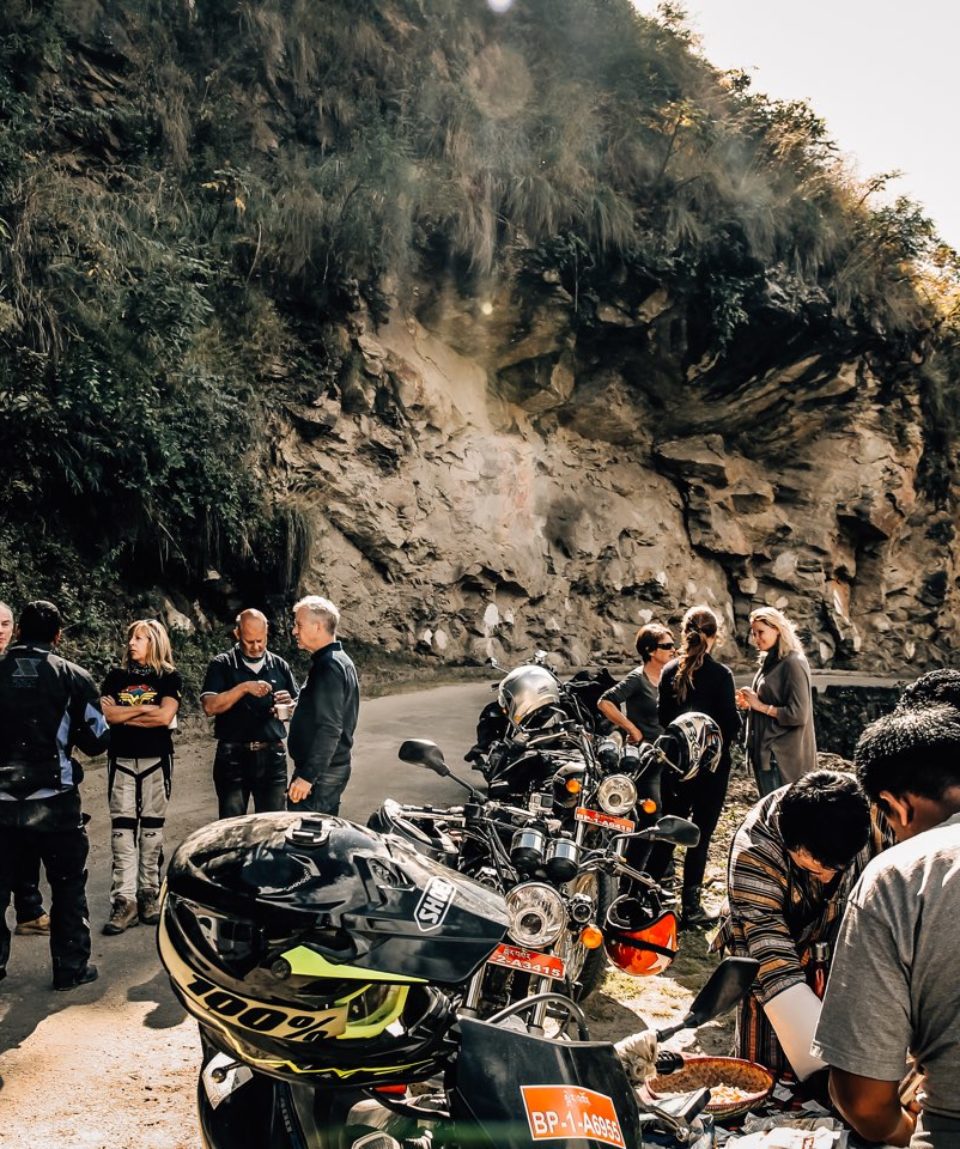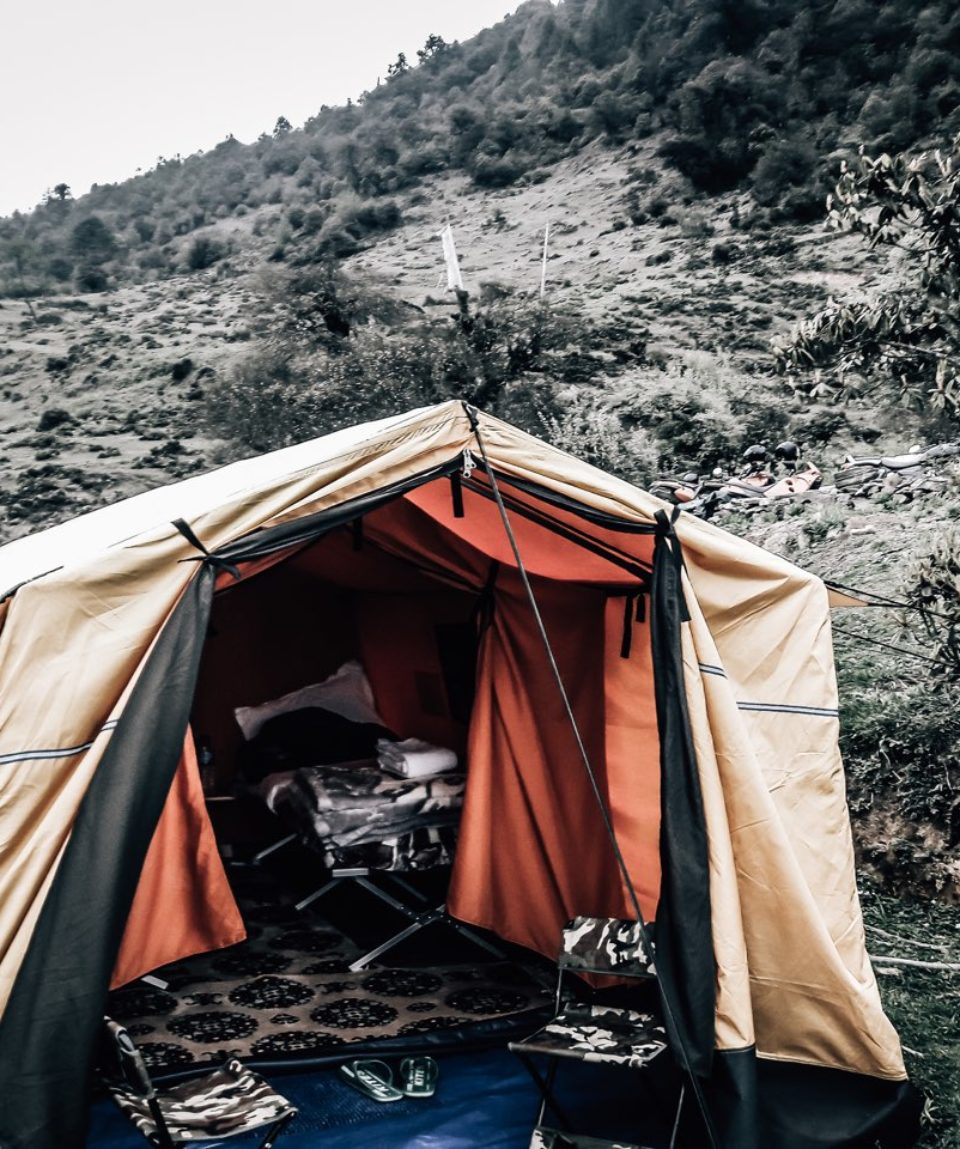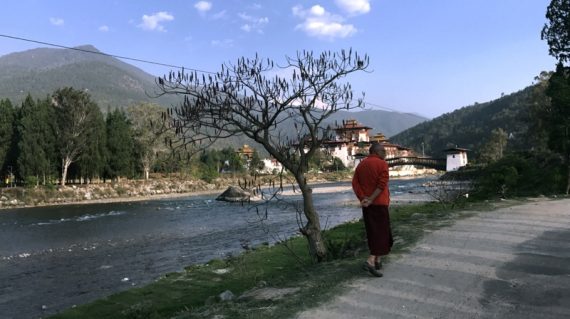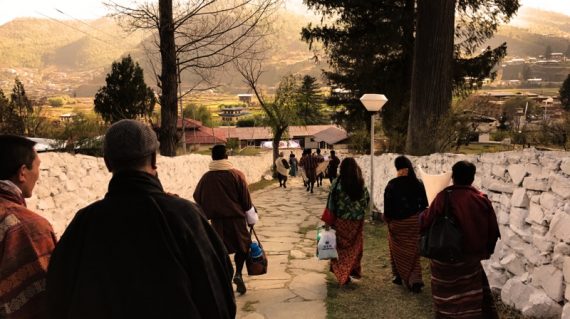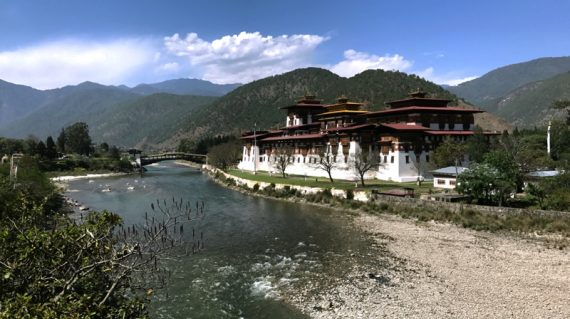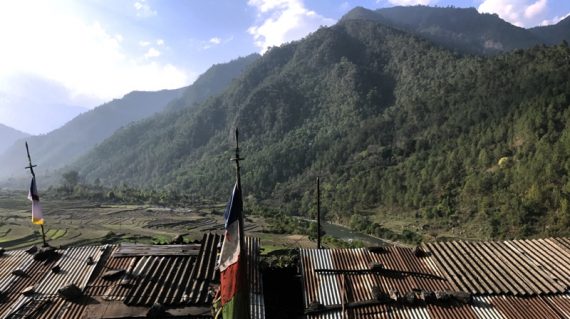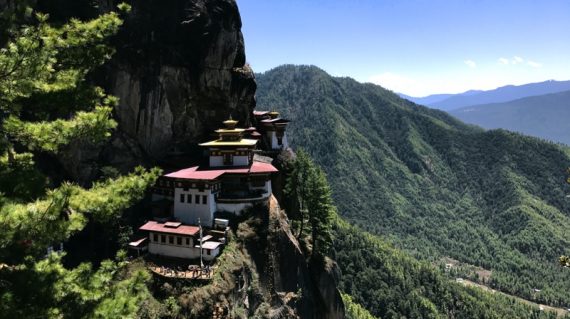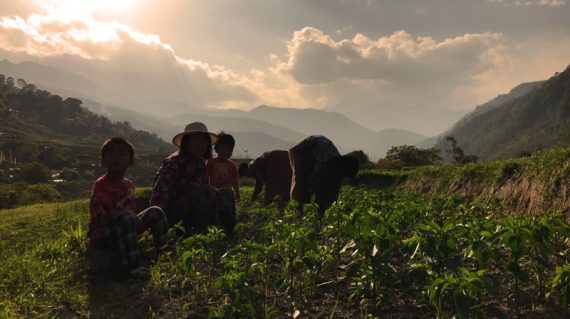
Motorbike Road Trip Bhutan
fromOur motorbike guides will take you on a once in a lifetime journey.
You will ride through jungle. Ride up to 4000m in altitude. Cross aw inspiring and snow covered mountain ranges… and gain an insight into why Bhutan is one of the happiest places on the planet!
You will actually pinch yourself as you hurtle through one of the most amazing, untouched countries on the planet, Bhutan.
We’ve developed the itinerary specifically to enable you to get the most out of your trip. From the motorbike, the culture to towns, villages and interaction with the local people. All factors that makes this trip so unique.
We’ll immerse you in the very heart of the culture, enabling you to experience what this interesting and mythological country has to offer.
- Reviews 0 Reviews0/5
- Style Type
- Bhutan
- Culture
- Discovery
- Motorbiking
- Mountainous
-
- Level Moderate
- Group Size Medium Group
Our motorbike guides will take you on a once in a lifetime journey.
You will ride through the jungle. Ride up to 4000m in altitude. Cross awe-inspiring and snow-covered mountain ranges…. and gain an insight into why Bhutan is one of the happiest places on the planet!
You will actually pinch yourself as you hurtle through one of the most amazing, untouched countries on the planet, Bhutan.
We’ve developed the itinerary specifically to enable you to get the most out of your trip. From the motorbike itself, the culture to towns, villages, and interaction with the local people. All factors that make this trip so unique.
We’ll immerse you in the heart very heart of the culture, enabling you to experience what this mythological country has to offer.
[route-map id=44970]
- Bhutan travel adviceby GOV.UK on 01/05/2024 at 4:11 pm
Information on visa application fees, entry and exit points, the sustainable development fee and taking money into or out of Bhutan (‘Entry requirements’ page).
We have chosen the best accommodation in each of the different locations we go to. However, we are totally flexible to “accommodate” (no pun intended) specific requirements and preferences should you want to camp and stay in a yurt!
Our home stays have been selected for cleanliness, the ambience and most importantly the quality of the food!!!
Entry and exit points
Foreigners, with the exception of citizens from India, Bangladesh and the Maldives nationals, may only enter or depart the country through certain towns such as Phuntsoling, Samdrup Jongkhar and Gelephug (by road) or Paro (by air).
Visa
You will need a passport and visa to enter and exit Bhutan. Visas are only issued on arrival, but you must apply in advance through a tour operator and receive visa approval before you travel. Keep a photocopy of your passport visa pages and flight ticket separate from the originals when travelling.
All visas are approved from Thimphu and are only issued to tourists booked with a local licensed tour operator, either directly or through a foreign travel agent. Applications for tourist visas are submitted by the tour operator.
All visitors (except nationals of Bangladesh, India and the Maldives) must obtain visa clearance from Thimphu before coming to Bhutan. More information, including a list of authorised tour operators in Bhutan, may be obtained from the Tourism Council of Bhutan.
For further advice on tour companies you may contact the Honorary British Consul to Bhutan.
The Tourism Council of Bhutan sets a non-negotiable minimum daily tariff for all visitors to Bhutan. The rate includes all accommodations, all meals, transportation, services of licensed guides and porters. Cultural progams where and when available will be organised on payment basis.
If you are travelling for business or other non-tourist reasons you must arrange your visa through your sponsoring organisation in Bhutan.
Passport validity
Your passport should be valid for a minimum period of 6 months after the date you intend to leave Bhutan.
If you plan to stay in Bhutan for an extended period of time you may also wish to make contact with the British Honorary Consul to Bhutan.
Medication
There are restrictions on the import of medicines into Bhutan. You can bring your prescription and other medicines in quantities clearly for your own personal use. You should carry copies of the prescription with you if possible. For larger quantities, or if you’re carrying medicines not for your own personal use, check with the Honorary Consul to Bhutan.
Yellow fever certificate requirements
Check whether you need a yellow fever certificate by visiting the National Travel Health Network and Centre’s TravelHealthPro website.
UK Emergency Travel Documents
UK Emergency Travel Documents (ETDs) are accepted for entry into Bhutan, but you will still need an e-visa.
ETDs are accepted for exit from Bhutan. If you need to get an ETD while in Bhutan, you should apply online and then submit a police report to the Department of Immigration in order to transfer your visa to the ETD. If you don’t transfer your visa, you’re likely to face difficulties leaving the country.
Please follow the link for the latest health advice
We don’t mess around when it comes to setting up packages in new locations. No more so than in Bhutan, due to it’s remoteness and exclusivity.
As well as our own medical equipment, sat phone and safety gear, we have also trained our local guides in first aid and installed our own emergency protocol and procedure.
Our motorbike guides are some of the very best riders in the land. As well as being cultural guides, they are able to ensure that you don’t miss out on any of the points of interest along the way.
We are able to film your entire trip and put it into a disgustingly awesome compilation. You can then show your friends and family filling them with envy, jealousy and hate!!
You are able to rent all the gear you require in country, however, we strongly recommend bringing your own gear with you. After all, you know it fits, it’s your own sweat and, well, its just better putting on your own helmet!
We are able to offer good rates on extra baggage and can take care of all the extra logistics for you should you be part of a large group.
-
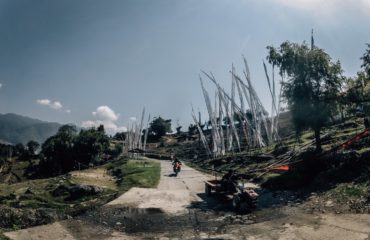 Expeds International Bhutan Motorbike road trip12
Expeds International Bhutan Motorbike road trip12 -
 Expeds International Bhutan Motorbike road trip74
Expeds International Bhutan Motorbike road trip74 -
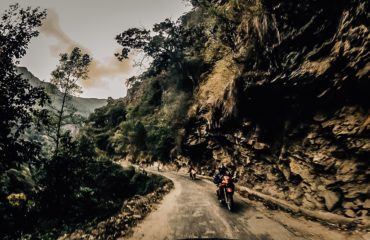 Expeds International Bhutan Motorbike road trip72
Expeds International Bhutan Motorbike road trip72 -
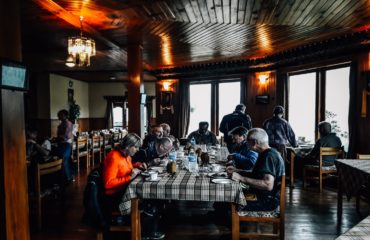 Expeds International Bhutan Motorbike road trip53
Expeds International Bhutan Motorbike road trip53 -
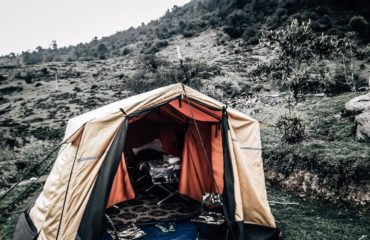 Expeds International Bhutan Motorbike road trip51
Expeds International Bhutan Motorbike road trip51 -
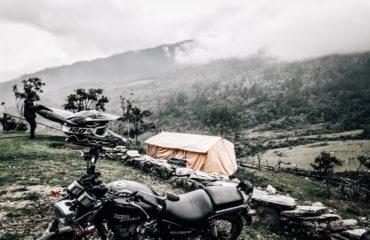 Expeds International Bhutan Motorbike road trip50
Expeds International Bhutan Motorbike road trip50 -
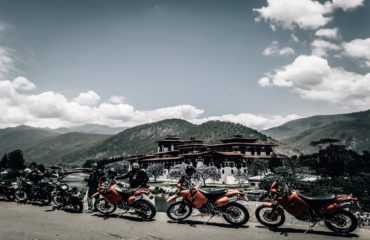 Expeds International Bhutan Motorbike road trip36
Expeds International Bhutan Motorbike road trip36 -
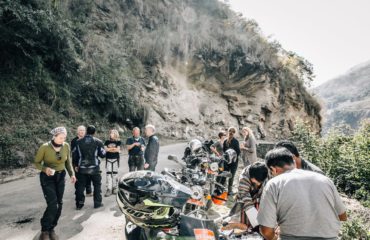 Expeds International Bhutan Motorbike road trip24
Expeds International Bhutan Motorbike road trip24 -
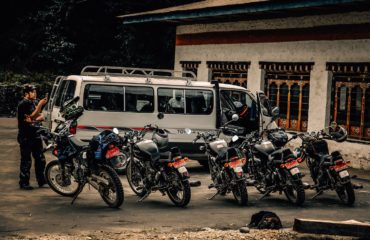 Expeds International Bhutan Motorbike road trip25
Expeds International Bhutan Motorbike road trip25 -
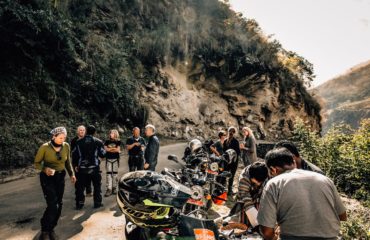 Expeds International Bhutan Motorbike road trip23
Expeds International Bhutan Motorbike road trip23 -
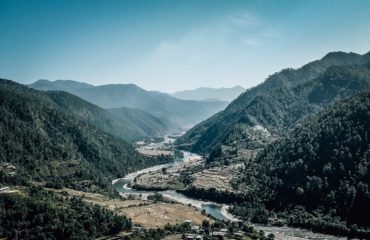 Expeds International Bhutan Motorbike road trip21
Expeds International Bhutan Motorbike road trip21 -
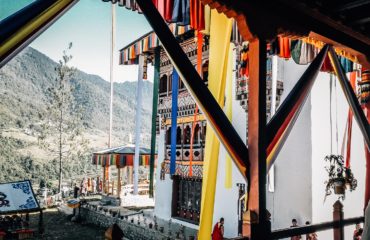 Expeds International Bhutan Motorbike road trip15
Expeds International Bhutan Motorbike road trip15 -
 Expeds International Bhutan Motorbike road trip14
Expeds International Bhutan Motorbike road trip14


